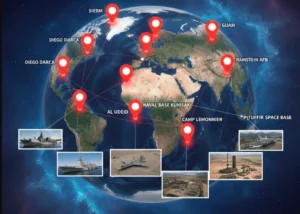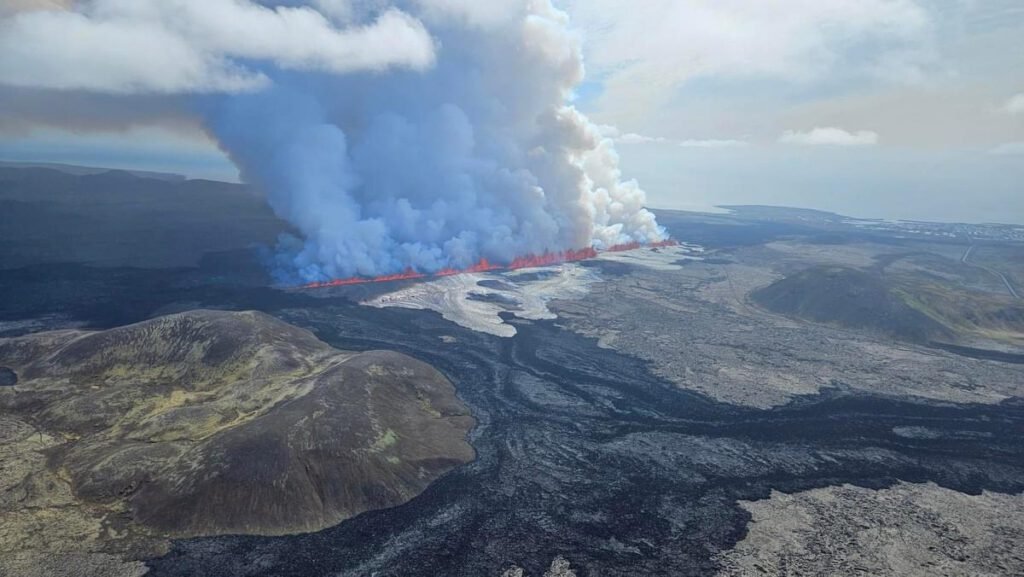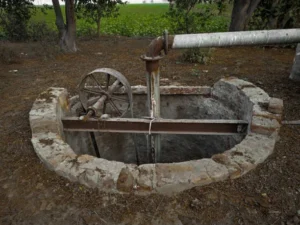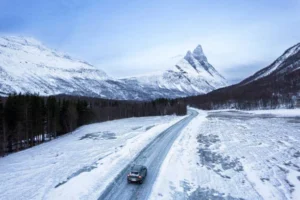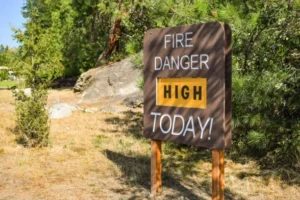Reykjanes Peninsula volcanic activity in Peninsula recently increased, coinciding with previous volcanic occurrences, such as an eruption east of Sylingafell Mountain in the Sundhnukar Crater Row. This system explodes by causing enormous cracks in the earth instead of a center crater, as with ordinary volcanoes. Research has already alerted observers to the possibility of eruptions after discovering subterranean magma buildup in this region, south of Iceland’s capital, Reykjavik. The most recent eruption finally halted on June 22 after erupting molten rock for 24 days. The Reykjanes Peninsula, home to over 30,000 people or 8% of Iceland’s total population, has lately seen a spike in volcanic activity. These eruptions highlight the ongoing struggles that Iceland, a country of 400,000 people, faces.
These eruptions highlight the continuous difficulties faced by Iceland, a nation of 400,000 people. Geologists caution that the resurgence of long-dormant geological processes in the area, which dates back 800 years, might result in decades or centuries of Reykjanes Peninsula volcanic activity. Nine eruptions have occurred on the Peninsula since 2021, forcing officials to take drastic action. Engineers have constructed artificial barriers to redirect potentially dangerous lava flows away from vital infrastructure in the region. This includes the nearby town of Grindavik, the popular Blue Lagoon outdoor resort, and the crucial Svartsengi power plant. These efforts aim to protect these key locations from the destructive power of the lava flows.
The volcanic activity unharmed the flights to and from Reykjavik’s Keflavik Airport. However, visitors were evacuated, and the upscale Blue Lagoon geothermal spa and hotel were briefly shuttered. Fissure eruptions, accounting for the majority of those on the Reykjanes Peninsula, typically don’t cause significant disruptions to air traffic. This is because they lack massive explosions and do not distribute extensive ash into the stratosphere. Iceland, which is about the size of Kentucky in the United States, remains a popular destination for volcano tourists. This appeal stems from the presence of over thirty active volcanoes, drawing visitors eager to witness volcanic activity firsthand. This specialized market draws adventurers seeking first-hand exposure to the raw force of nature.

